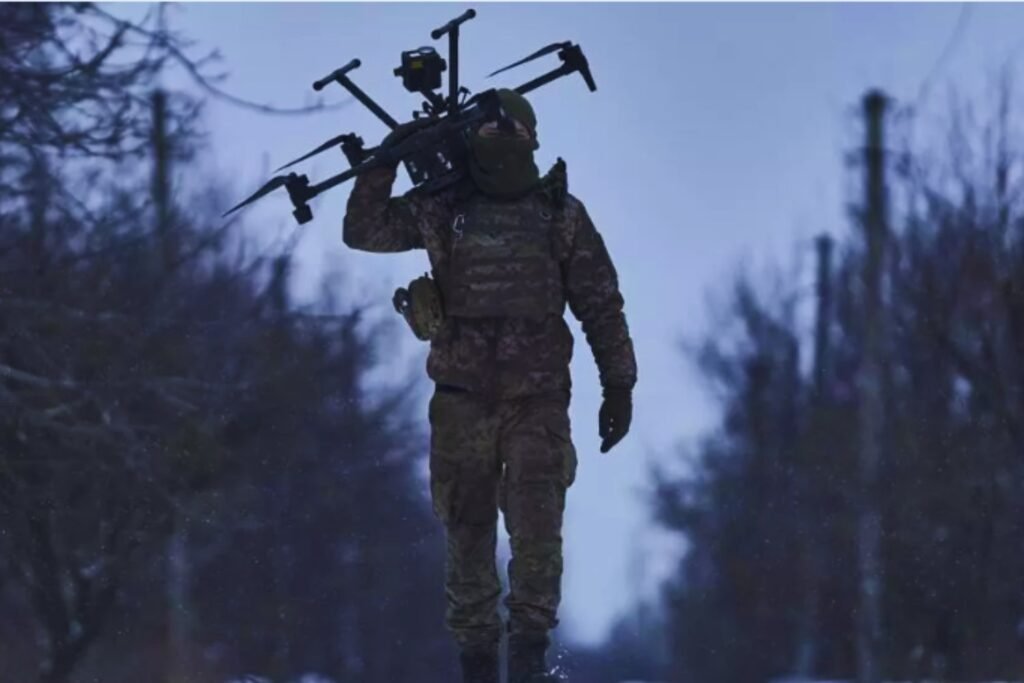The Invisible Legacy of Drones: The Toxic Network Threatening Ukraine (and the Planet)

The advancement of military technology has reached unprecedented levels. But it’s not about missiles or mines, it’s about what they leave behind:
Cable-guided drones: tactical solution, ecological disaster

Designed to overcome electronic warfare that interferes with radio signals, these devices release a thin cable along their flight, making them undetectable and immune to blockages. The result: increased precision, more lethality…
was a pioneer in deploying this technology, but Ukraine quickly adopted and perfected its own fleet. There are currently coils up to 50 kilometers long weighing less than 4 kilos and produced locally. Companies like are mass-producing these cables, now considered essential on the new battlefield.
But every tactical success comes with a silent cost. These cables are left behind after impact. They are not collected, do not degrade easily and, according to experts, can persist for over 600 years.
A threat beyond combat

Not only do they affect land and airborne animals, but they also interfere with emergency vehicles, agricultural operations, and future demining tasks. The cables act as physical barriers, but they also break down into microplastics and release toxic substances like PFAS.
The optical fiber used, derived from petroleum, resists fires, abrasion, and solar radiation, releasing contaminants when broken. Researchers warn that even if the war ends, this invisible network will continue to affect.
As explores the same technology, the dilemma grows. The future of combat could lie in drones, but also in the scars they leave behind.




